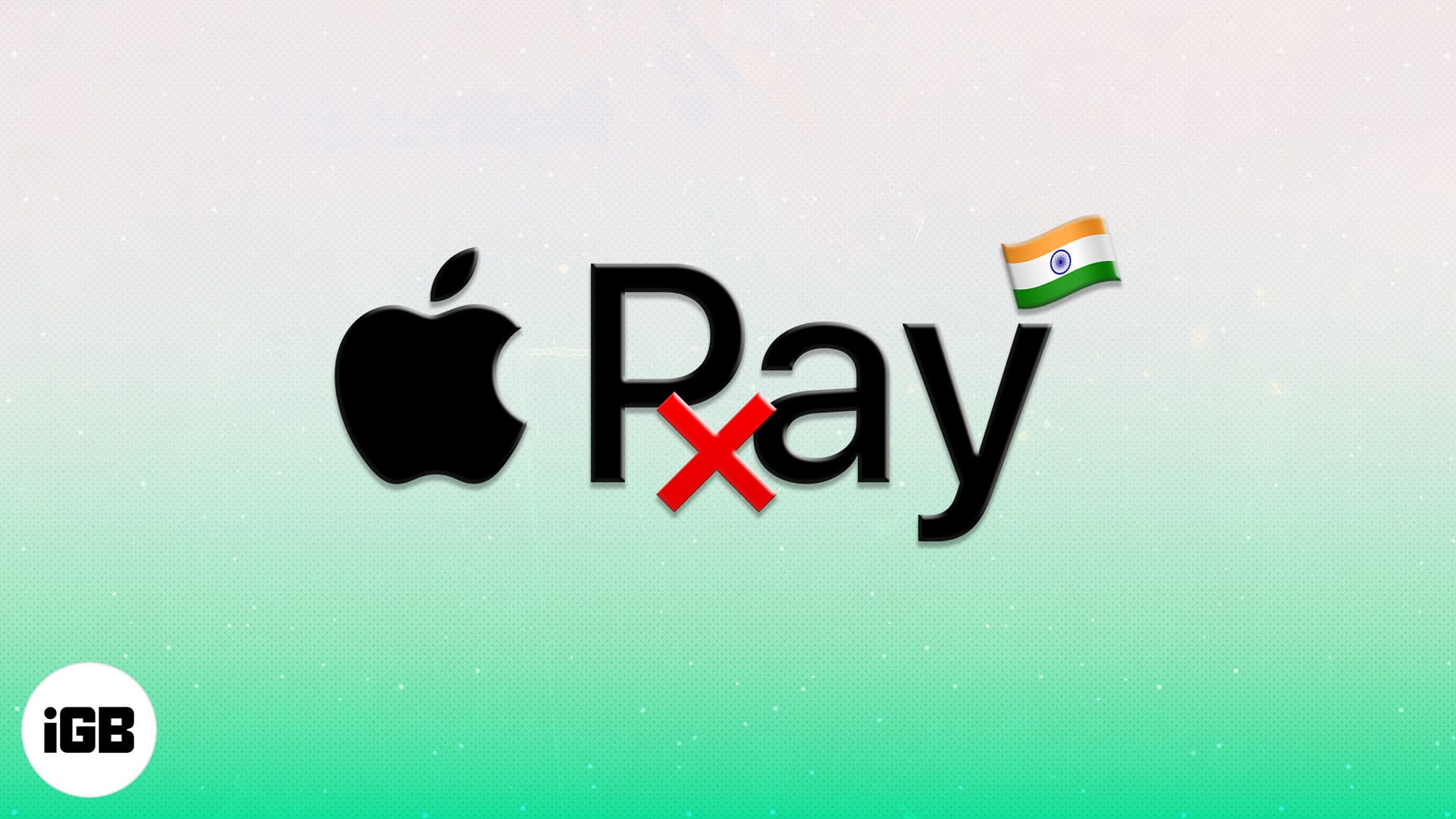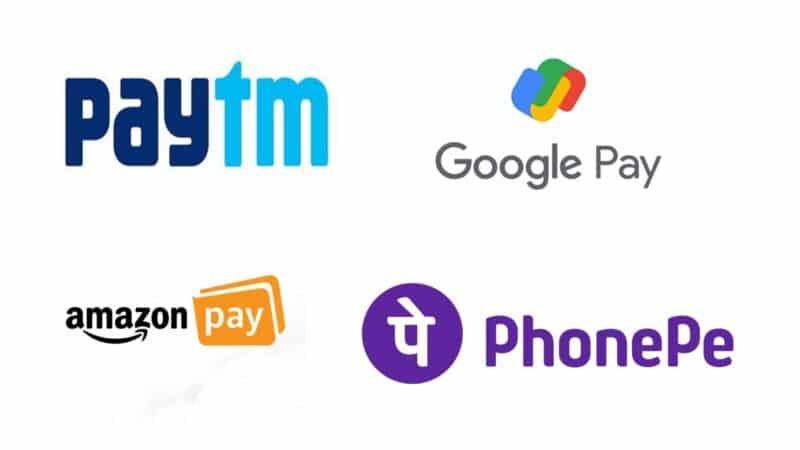With relatively high customs duties and local taxes, India remains one of the most expensive countries to buy an iPhone. However, things are slowly changing for Apple in the region. The Cupertino giant has finally claimed the lion’s share of the premium smartphone market in India.

This article doesn’t focus on iPhone prices in India. Instead, it dives into a pressing question: Why is Apple Pay not available in India?
After analyzing various market and regulatory factors, we’ve identified key reasons why Apple Pay has yet to launch in India.
1. Single-digit market share
India is a price-sensitive market. In 2020, the average selling price of smartphones was just $156, while iPhones start at around $500.
Unsurprisingly, Apple’s market share in India remains in the single digits. The brand caters exclusively to the premium segment, making it difficult to scale. That said, Apple has impressively captured 57% of India’s premium smartphone market.
Apple continues to attract buyers through heavy discounts during online sales. For instance, Flipkart reported the iPhone 12 and iPhone 12 mini as top-sellers during its festive sale. Still, Apple’s overall smartphone market share in India sits at a modest 3.6%, compared to 55% in the United States.
This limited market share likely discourages Apple from investing heavily in Apple Pay’s infrastructure and rollout in India. Setting up Apple Pay would require significant financial and technical resources.
However, Apple is now India’s fastest-growing smartphone brand. As market share improves, Apple Pay may finally enter the Indian market.
2. Merchant adoption and authentication challenges
Merchant adoption plays a crucial role in the success of any payment platform. Even if Apple launches Apple Pay in India, convincing merchants to accept it will be a challenge.
Due to Apple Pay’s exclusive compatibility with Apple devices, its potential user base in India is automatically limited. Merchants may not find it worthwhile to support a payment system with such a narrow reach.
Another major hurdle is biometric authentication. Apple Pay relies on Face ID or Touch ID for quick transactions. However, guidelines from the National Payments Corporation of India (NPCI) and the Reserve Bank of India (RBI) prohibit private companies from using biometrics for authentication. Instead, users must enter a PIN—less convenient than Apple’s native biometric system.
Banks and financial institutions also demand a minimum volume of transactions for supporting new payment methods, making Apple Pay a tough sell without significant user numbers.
3. Regulatory roadblocks
In 2018, the RBI mandated that all payment system data must be stored within India to ensure better safety and compliance.
At the time, Apple was exploring a UPI-based payment system in the country. To proceed, Apple would need to establish local data centers or partner with Indian entities for secure data storage.
Further complications arise because NPCI only allows biometric validation if authenticated via UIDAI, the Indian government’s biometric database. Apple, on the other hand, stores biometric data locally on the device, which makes external verification impossible.
4. A Highly competitive payments market

India’s digital payments landscape is already dominated by heavyweights like PhonePe, Paytm, and Google Pay. PhonePe alone holds a commanding 46% market share.
Entering such a competitive space would require Apple to spend heavily on customer acquisition and marketing. Compounding the issue is the lack of interoperability with other platforms. Apple Pay would only work with iPhones and compatible banks, unlike UPI apps that are accessible across all smartphones.
Consumers rarely change payment methods once they are comfortable with one, making it even harder for Apple to build momentum.
5. UPI Integration: A better approach
Apple’s best chance to bring Apple Pay to India is by integrating with Unified Payments Interface (UPI).
Most Indian payment terminals now support NFC (Near-Field Communication), reducing merchant setup costs. This shift in infrastructure can help Apple promote Apple Pay more effectively.
Additionally, the RBI requires interoperability among payment systems. UPI already meets this requirement, making it a smart choice for Apple. However, successful UPI integration would mean Apple needs a strong local banking partner—a partnership that may not align with Apple’s privacy-centric approach.
My two cents
Let’s face it—Apple is still building its foundation in India. Mobile payments in India thrive on volume and scale, both areas where Apple currently lags.
This may also explain why Apple News isn’t available in India yet. As Apple’s market share steadily grows, it seems only a matter of time before Apple Pay joins the party.
What do you think? Why hasn’t Apple Pay launched in India yet? Share your thoughts in the comments below.
You may also like to read these:


